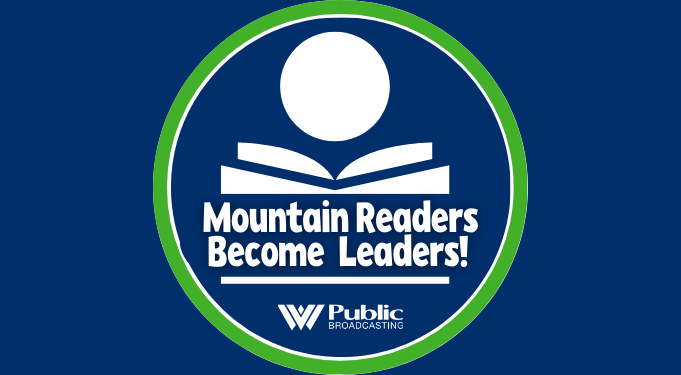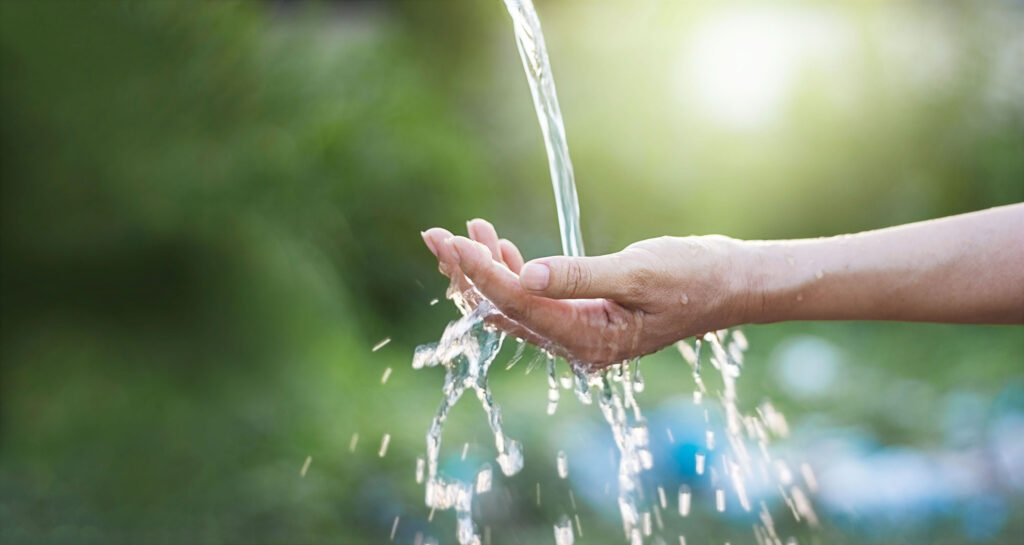On Jan. 9, 2014, a state of emergency and water advisory was issued for nine West Virginia counties following a chemical spill of Methylcyclohexane Methanol (MCHM) from Freedom Industries, Inc. into the Elk River. MCHM is used in the coal preparation process.
State environmental officials estimated that 7,500 gallons of crude MCHM leaked into the Elk River.
West Virginia American Water told more than 100,000 customers (about 300,000 people) in Boone, Cabell, Clay, Jackson, Kanawha, Lincoln, Logan, Putnam and Roane counties not to ingest, cook, bathe or wash with the water from their tap, even after boiling. Water in this coverage area was OK’d only for flushing and fire protection.
On Jan. 13, 2014, DHHR Secretary Karen Bowling announced at a press conference that 14 people were admitted to the hospital, 231 people were treated and released in connection to the water contamination. West Virginia Poison Control received more than 1,000 calls. No deaths were connected to the spill.
Then-director of West Virginia Poison Control Elizabeth Scharman said calls were steady from when the initial “do not use” order was first put into place.
As the ban was lifted in areas, Scharman said the center received calls about an increased odor, but that was expected.
The center evaluated each call individually and suspected that some cases of skin irritation could be caused by constant hand sanitizer use. Scharman said excessive testing would be needed to confirm the source of the irritation.
On Jan. 15, 2014, the Health Department consulted with the Centers for Disease Control and Prevention (CDC). It recommended pregnant women continue drinking bottled water until there were no longer detectable levels of the chemical in the water distribution system.
The CDC reaffirmed previous advice that it did not anticipate any adverse health effects from levels less than 1 ppm.
A week after the spill, the CDC fielded questions from local and national media on a conference call.
“This is a dynamic and evolving event,” Dr. Vikas Kapil, chief medical officer for the U.S. Centers for Disease Control and Prevention’s National Center for Environmental Health, said repeatedly on the conference call.
Kapil said only a few animal studies on MCHM exist and CDC scientists were working to make summaries of those studies available to the media and the public. He also pointed out that studies were not available on the chemical as it relates to cancer or reproductive health in animals.
Paul Ziemkiewicz, director of the West Virginia Water Research Institute, described the chemical leaked from Freedom Industries into the Elk River, crude MCHM, as a kind of detergent used to clean coal, known as a surfactant.
“You’re trying to separate the coal from the non-burnable stuff like shales, clays, stuff like that,” Ziemkiewicz said. “The process takes advantage of the fact that coal is lighter than these clays and rocks, but they have to be separated. So you use these surfactants to help that separation process.”
He said that water ends up in slurry impoundments, and then often is recycled to wash more coal.
“MCHM, which is of course, methylcyclohexane methanol,” Ziemkiewicz said. “It’s a relatively volatile compound, and when I say that, that means it tends to first of all, float on top of the water, and since it floats on top of the water, and it’s volatile, so it’s lighter than water, less dense than water, it floats on top just like an oil would. And it tends to be volatile, which means that if you give it a chance, the MCHM disperses as a gas into the atmosphere.”
One of Ziemkiewicz’s crews was on-site at Freedom Industries to study the spill in 2014.
“We mobilized the crew, one of our crews here at the water research institute, to go downstream from the spill point and measure how much MCHM was found in the Elk and in the Kanawha rivers,” Ziemkiewicz said. “And what we found there was pretty much dispersed fairly quickly and was non-detectable by the time it got to the Ohio River.”
Ziemkiewicz said one of the things that went wrong during the spill was that the water intake at the water treatment plant remained on, pulling the chemical compound along with water into the water distribution system for nine counties.
“The MCHM was essentially trapped in these distribution pipes, and it took a long time to flush that MCHM back out of the system,” Ziemkiewicz said.
Mike McCawley, a clinical associate professor in WVU’s Department of Occupational and Environmental Health Sciences, said a group of his students volunteered to work in the Charleston area during the spill.
“They were going around helping to inform people, and also taking information about what people were doing to kind of protect themselves,” McCawley said. “So it was a time when we got to talk a lot more about chemical exposures, environmental chemical exposures that people had not thought about before.”
McCawley called it a time of stress and worry for the state.
“It was a difficult time, because both drinking and bathing are something that people were worried about doing because they didn’t know what the long-term health effects were,” McCawley said.
The 2014 water crisis spurred the creation of WVU’s School of Public Health which was previously the Department of Community Medicine.
“One of the recommendations that Dr. (Rahul) Gupta, in fact made, was that there should be a School of Public Health at West Virginia University, which was the impetus for turning our Department of Community Medicine into a school, a whole school of public health,” McCawley said.
While the water crisis left thousands without water for weeks, McCawley said he has not heard of any long-term health effects from the spill.
At the time of the spill, the short-term health complaint McCawley heard most often was headaches.
“Headaches were a big thing that people were complaining of,” McCawley said. “That was probably, I think, top of the list.”
While some policies and practices have changed since the 2014 spill, McCawley believes there is still plenty of room for improvement.
“There needs to be regular good inspections, and reporting that is done from that,” McCawley said. “We found that the leaks that were occurring, didn’t seem to get taken seriously, as soon as they possibly could have.”
McCawley also emphasized the need for “inflammation” as a symptom to be taken more seriously and to report exposure to any chemical to a doctor.
“We know inflammation can lead to a lot of things,” McCawley said. “We don’t know how much inflammation leads to what necessarily, but we know it leads to all sorts of nasty things. And so we should keep it in mind and maybe make sure our doctors know that.”
By Jan. 17, 2014, the last of the “do not use” water restrictions were lifted for the last customer area in West Virginia American Water’s Kanawha Valley district.
Appalachia Health News is a project of West Virginia Public Broadcasting with support from Charleston Area Medical Center and Marshall Health.






















 Adobe Stock
Adobe Stock
